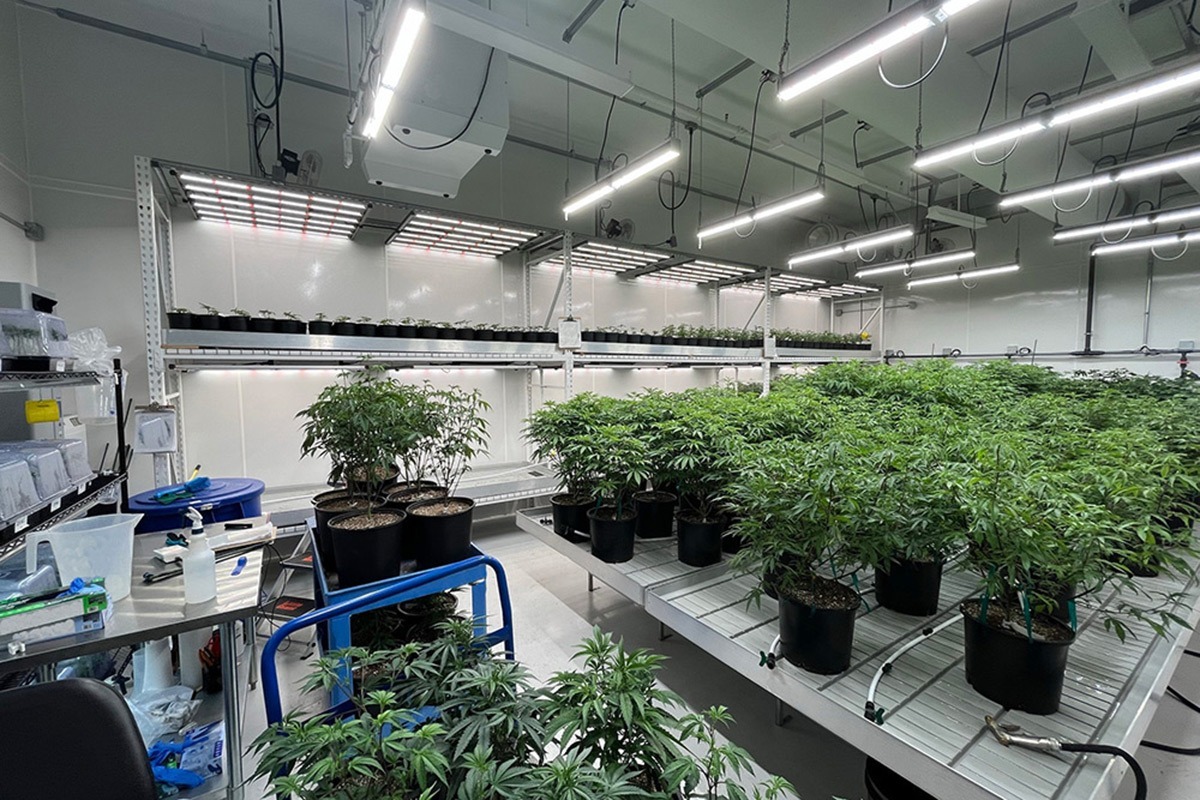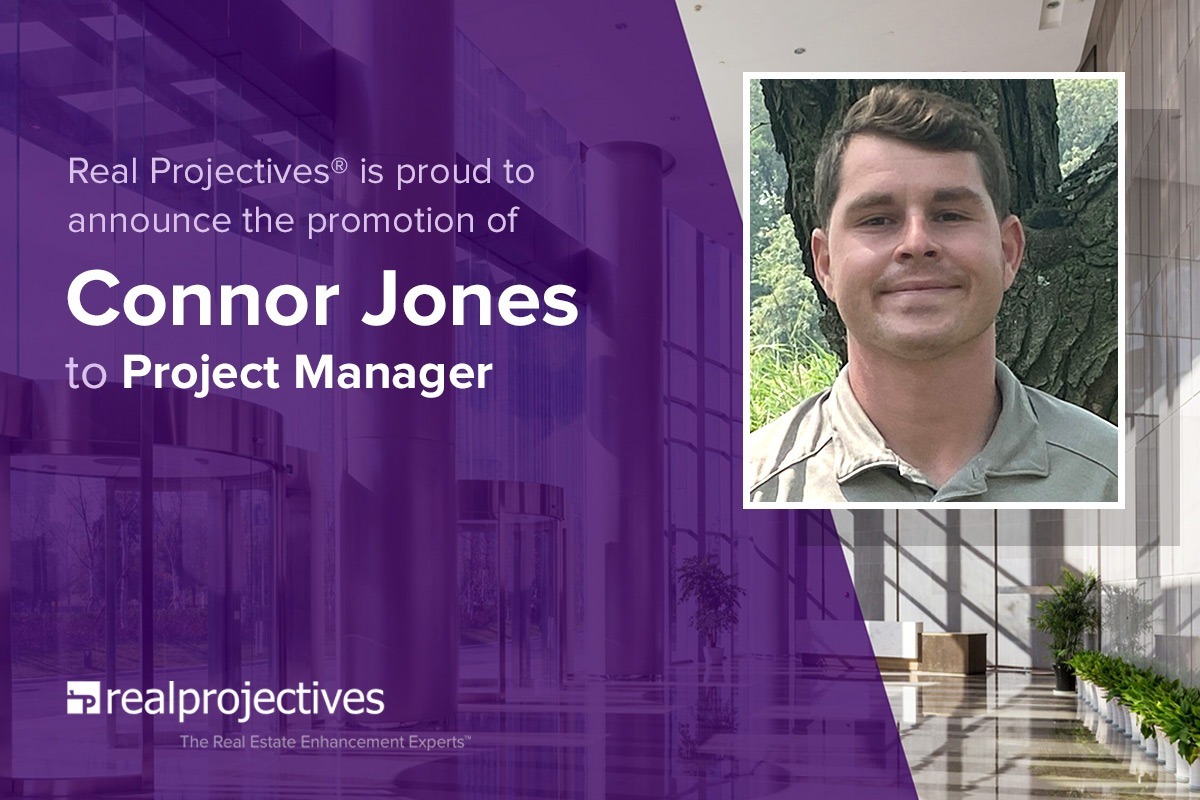How do you stay on top of projects in process during uncertain times?

Tracking Corona Virus Impact on Construction and Development Projects
We know, the words corona virus and COVID19 are consuming everything and everyone. And if you are managing a real estate #renovation, #construction or #development project it will likely be impacted in some direct or indirect significant manner. While our industry goes through supply chain challenges frequently (material shortages, shipping blockades, tariff scares, weather disasters, labor disputes, etc.), this virus pandemic is broader and more dynamic, which could make getting your project completed even tougher.
Most contractors source building products and materials from China, Italy and elsewhere outside the U.S. Production and manufacturing in China and Europe have been reduced and even curtailed. Soon even domestic production will be affected. The shipment and delivery of products by sea and air into the U.S. and through customs is normally difficult and seems to go through short-term hiccups every year or two. (The last time this occurred was when tariffs increased in 2018.) Additionally, labor is impacted by direct illness or because workers need to stay home to attend to children who are either sick or out of closed schools. Gathering places are closing, along with restaurants, bars, theaters, and fitness facilities. Municipal offices have begun to curtail inspections of occupied facilities and will cut back on new construction (or even stop work) while some are trying to keep permit processing as drive-through or online only.
With all these extra moving parts impacting already-complicated projects, Real Projectives® shares a list of ideas and actions organized in three major categories to help you monitor and mitigate the potential risks and impacts of the pandemic:
MATERIALS
- Ask your contractors to be even more vigilant with tracking procurement of every item (not just the long-lead ones as might normally be done). Know where each is in the process – ordering, fabrication, shipment, storage, and installation — and update tracking weekly including when each could impact the critical path to completion.
- Projects delivering in the next couple of months or with fixed dates (like student housing) should expedite non-commodities to be stored on or near the jobsites. Yes, this may cost more and will obligate advance funding of stored materials but will be worth it.
- For other types of projects, identify an alternative (domestic or local) source for all time-sensitive materials and maybe even have your design team review and pre-approve the substitution so that it can be implemented without delay if or when it’s needed. On that point, make sure that you know when you must decide to select and order the alternative to satisfy schedules. Keep in mind that both review and order of alternatives may cost more, so set aside time to revisit the budget.
- For projects intended to serve older and more vulnerable populations (such as senior and active adult housing and places with waiting spaces), consider enhancing the design and installation of better filtration on HVAC systems as it will help comfort those customers.
LABOR
- Most importantly, contractors should do as much as possible to follow CDC, OSHA and local guidelines to keep workers safe and healthy and if working in an operating property to keep the public and occupants safe and healthy too.
- Prepare a contingency plan in case a worker tests positive for the virus. This requires evacuation of the jobsite, health screenings, extensive cleaning, and verifying that workers can get back on the job as quickly as possible. There will be a stigma attached to the project that should not be underestimated, so communicating the plan is equally vital.
- And since workers are humans, they need all the same stuff as you might at home – food, water and toilet facilities (including toilet paper).
- Think about ways you can help workers such as making sure they are paid timely (cash flow to pay bills is critical).
- You’ll probably also want to have more thorough cleanings made prior to the lease up and occupancy of your project. Again, this additional step will increase both capital and operations budgets.
INSPECTIONS
- While visiting project sites to observe actual progress and issues remains important, teams must leverage use of people who are located near the site as well as use of technologies such as webcams, tele/video conferencing, and sharing photos and videos in order to minimize travel.
- Don’t forget to talk with your consulting team (architects, engineers and other experts) as they probably have put in place travel restrictions. How will you now review quality (mock ups and pre-installation conferences), progress (applications for payment) and completion (punch lists and final sign-offs)?
- Keep in touch with state and municipal permit and inspection offices as they modify schedules, procedures and even close entire governments.
- Get as many inspections now while you can, especially if your job is nearing completion: You don’t want to be in a situation where the work is done but you can’t use the building because you can’t get a final approval to use or occupy.
- If the local jurisdiction will allow, engage your design team or a third party to provide those critical inspections to prevent jobs from getting stuck.
The situation has been changing daily, if not hourly, so continue to monitor and think ahead about what could happen and how to best mitigate critical impacts and be best positioned to restart a project in the worst case of it having to shut down. If we can be of help, please don’t hesitate to reach out. You can find more information on our services on this site, or give us a call at 888.357.7342.


